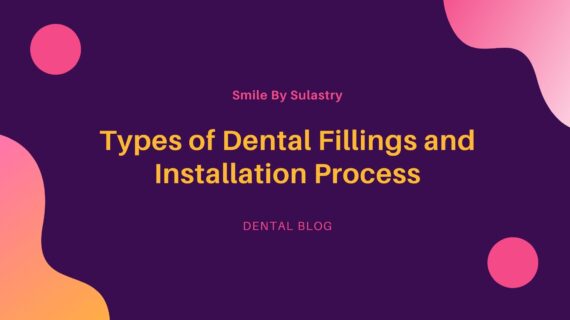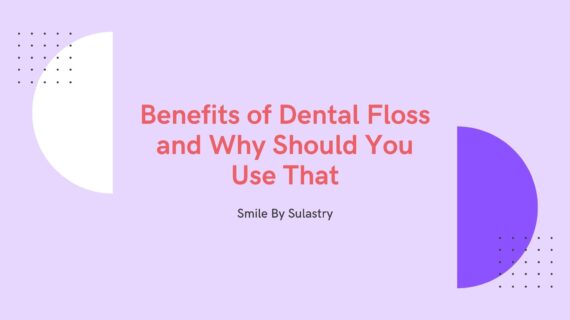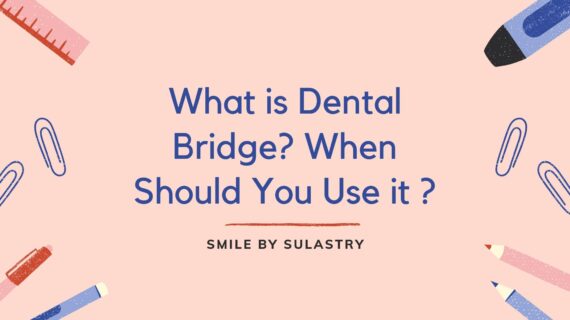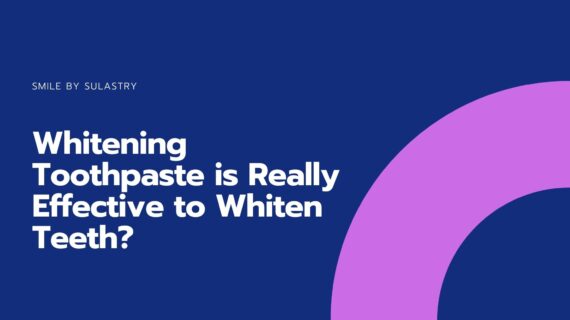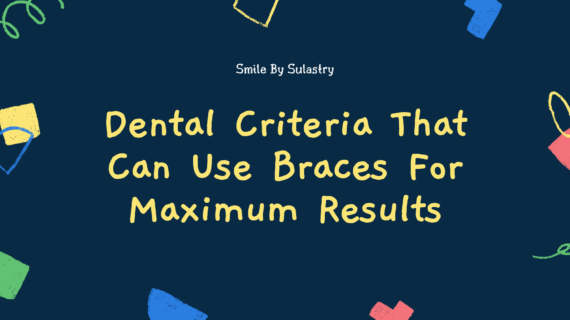Facts About Teeth Whitening – Teeth whitening is one of the most popular cosmetic treatments. As the name suggests, it brightens your teeth and removes discoloration and stains from the surface of the teeth. This can enhance the appearance of your teeth in such a way that your smile can be even brighter.
Whiter teeth are in high demand. Almost all dentists provide you with a variety of professional teeth whitening treatments and whitening kits to take home.
There are also many teeth whitening products for you available with some of the most popular including whitening strips, whitening trays, and whitening toothpastes. However, using these teeth whitening products is considered less effective than going to the dentist.
Also Read Benefits of Teeth Whitening For Your Facial Appearance
Interesting Facts About Teeth Whitening
Before you decide to go visit your dentist for a whitening treatment, you can read some facts about teeth whitening for your teeth later.
1. Teeth are similar to your skin
If you think and think that the tooth is rock hard and because the tooth is impenetrable, then that is wrong. Your teeth are actually porous, containing thousands of tiny pores just like your skin. As a result, whatever you eat or drink gets absorbed into the teeth through these microscopic pores. The way teeth whitening treatments work is by creating a chemical reaction which in turn breaks and lifts the stain out and out through these same pores. So, without tooth pores there will be no teeth whitening.
2. Teeth whitening will not damage your teeth
Just like brushing your teeth aggressively and roughly, wrong methods of any kind can damage your teeth. However, if your teeth whitening is used as directed, then professional teeth whitening is very safe. The whitening process uses active ingredients to temporarily open the pores in your teeth and remove stains. After each whitening session, your teeth naturally remineralization and rehydrate.
3. The sensitivity after teeth whitening is completely normal
You may have thought that you had a teeth whitening treatment and were told that it was very painful. The problem is that many people suffer from sensitive teeth. This can be caused by genetic factors, cracked / damaged teeth or thinning enamel. However, many didn’t realize it at the time. So they went out and bought the next best over the counter product and went on to whiten their teeth.
On the other hand, if you choose professional teeth whitening, you will always be checked by your dentist or health care professional first. They will know from experience whether you will be sensitive to teeth whitening treatments and may even suggest resolving the problem before treatment begins. This way, when you finally get professional teeth whitening, the experience is still comfortable.
4. Tooth stains cannot be removed overnight
There is no product on the market that can whiten in a few minutes or a day. Chemically, it is unlikely that any bleaching agent can penetrate safely into teeth at such a rapid rate. If this were possible, dentists would not be well paid to make customized whitening trays. The bleaching process can take as little as 4 days to several months. Customers with severe stains need to be patient with the process and know that every bleaching session removes stains over the years. Once the stain is gone, it’s very easy to care for.
5. The key to good teeth whitening is the delivery method
Most whitening products use the same active ingredients but the main difference that makes a good vs bad teeth whitening treatment, is the method of delivery.
many over-the-counter whitening products use a one-size-fits-all tray that sits on top of the tooth. This is the container that holds the whitening gel. The problem is that all teeth are different. As a result consumers will often experience effective or uneven bleaching.
Conversely, if the tray is custom made to fit your teeth and is similar to the one in a professional whitening kit, you have a greater chance of getting a more even whitening effect.
6. Veneers and crowns won’t change teeth color after whitening
Materials used to make veneers and crowns are resistant to whitening treatments, as they only work on natural teeth. Since your dental restoration is colored to match your natural teeth at the time, this is something you may want to consider before proceeding with teeth whitening.
You can get a mismatch between your freshly bleached teeth and the restoration you did.
This is also another reason to visit your dentist to whiten teeth because he not only knows how teeth whitening works, but he can also identify which teeth should not be bleached and suggest alternative treatments.
7. Not all teeth can be made perfectly white
Did you know if the natural color of your teeth was set at birth? However you look at it this means that some people naturally have whiter teeth than others. Teeth whitening can only remove stains that occur over time and cannot change the base color of your teeth. So this is something you should look out for when hoping to achieve a dazzling white smile because that may not always be possible. You could say it’s like chasing a dream that is hard to achieve and whose presentation is small to happen.
So those are some facts about teeth whitening that you should know before going to the dentist for teeth whitening treatments.
References :

